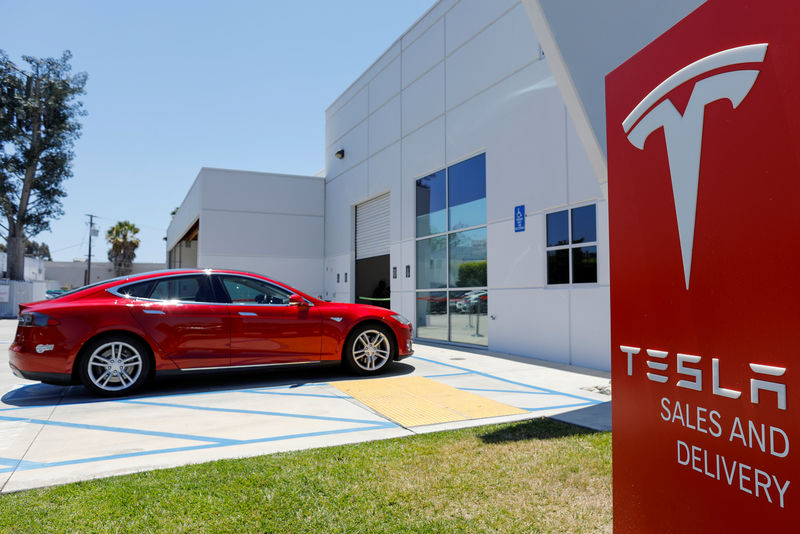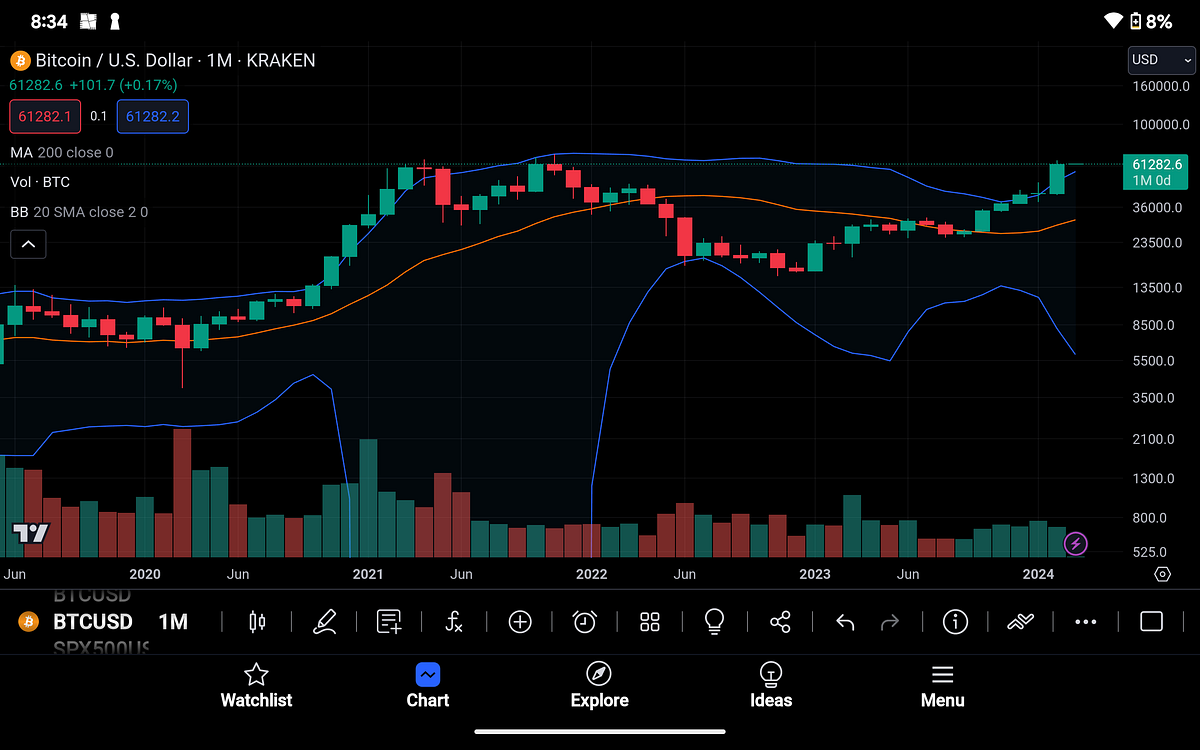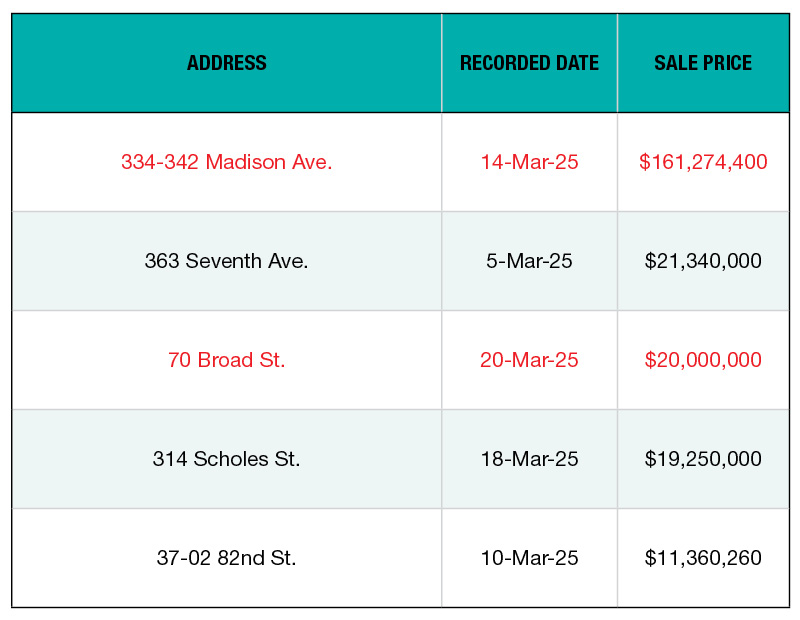DePINs (Decentralized Physical Infrastructure Networks) are quickly becoming a hot topic in the web3 and fintech space, but why?
Simply put, DePINs are a novel approach to managing physical infrastructure using blockchain technology and decentralization principles. This means they distribute authority and control from centralized entities to a network of individuals and communities.
The story of DePINs starts with the early explorations of blockchain’s potential beyond digital currencies. Projects like Power Ledger and OpenBazaar laid the groundwork by demonstrating how blockchain could decentralize energy distribution and e-commerce. These early pioneers planted the seeds for DePINs, showcasing the technology’s ability to disrupt existing infrastructure models.
As the concept gained traction, new initiatives like Helium (decentralized wireless networks), Render (decentralized cloud computing), and Filecoin (decentralized storage) emerged, expanding DePINs’ reach across various domains.
DePINs function by distributing authority and management throughout a network, removing the central control often found in traditional infrastructure. This empowers individuals and communities, fostering transparency, efficiency, and innovation.
– Energy: Peer-to-peer renewable energy trading, enabling individuals to become “prosumers” (producers and consumers).
– Supply Chain: Increased transparency and efficiency through trackable, tamper-proof records.
– Telecom: Resilient internet access through decentralized networks.
– Data Storage: Secure, distributed data management with incentivized participation.
– Transportation: Decentralized mobility solutions, potentially impacting car ownership and usage models.
– Real Estate: Expedited property transactions through tokenization and automation.
Let’s explore a DePIN application in the energy sector: a decentralized energy grid. Here, individual homes with solar panels can sell excess energy directly to neighbors or the grid, bypassing traditional utilities. Blockchain records every transaction, ensuring transparency and trust. Smart contracts automate energy exchange based on supply and demand, promoting efficiency and reliability. This model also encourages sustainable practices by facilitating renewable energy usage and reducing reliance on centralized power plants.
DePINs are still in their early stages, but their potential for disruption is undeniable. As the technology matures and real-world applications proliferate, DePINs have the potential to reshape entire industries and empower individuals in unprecedented ways.
















